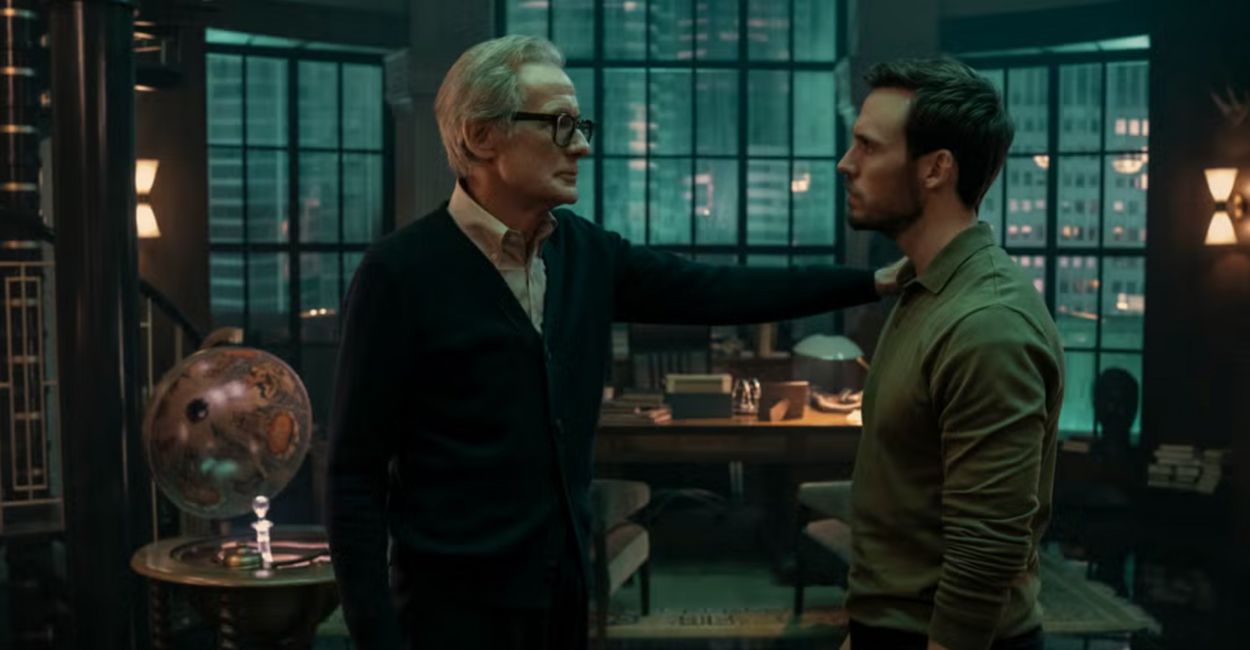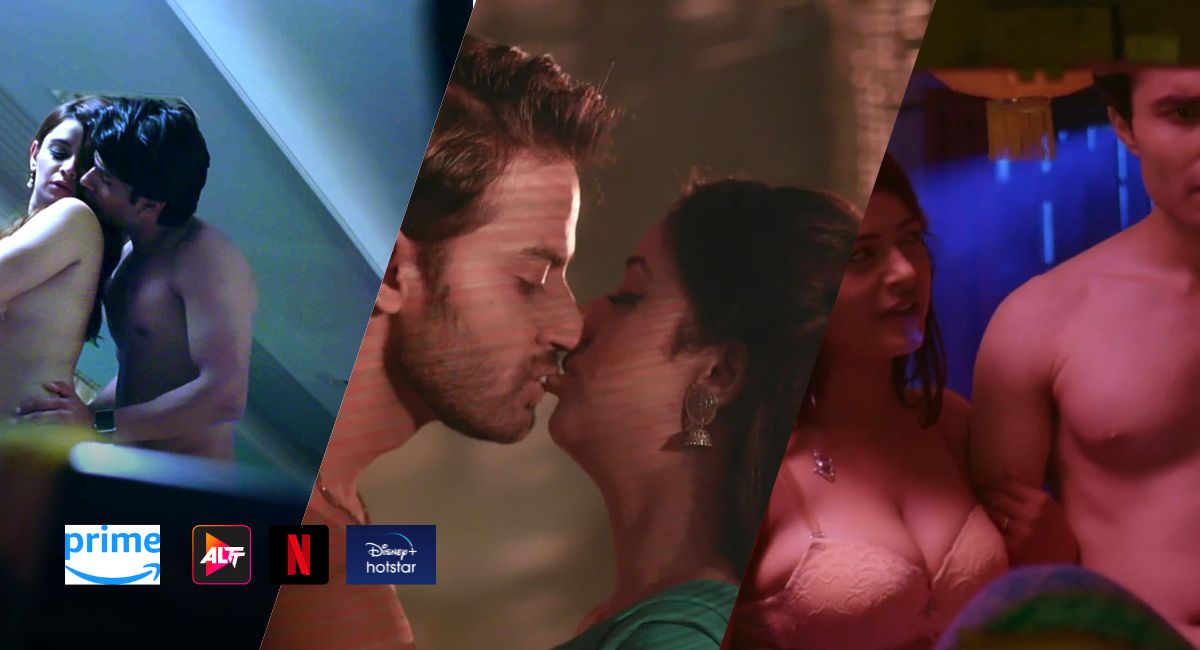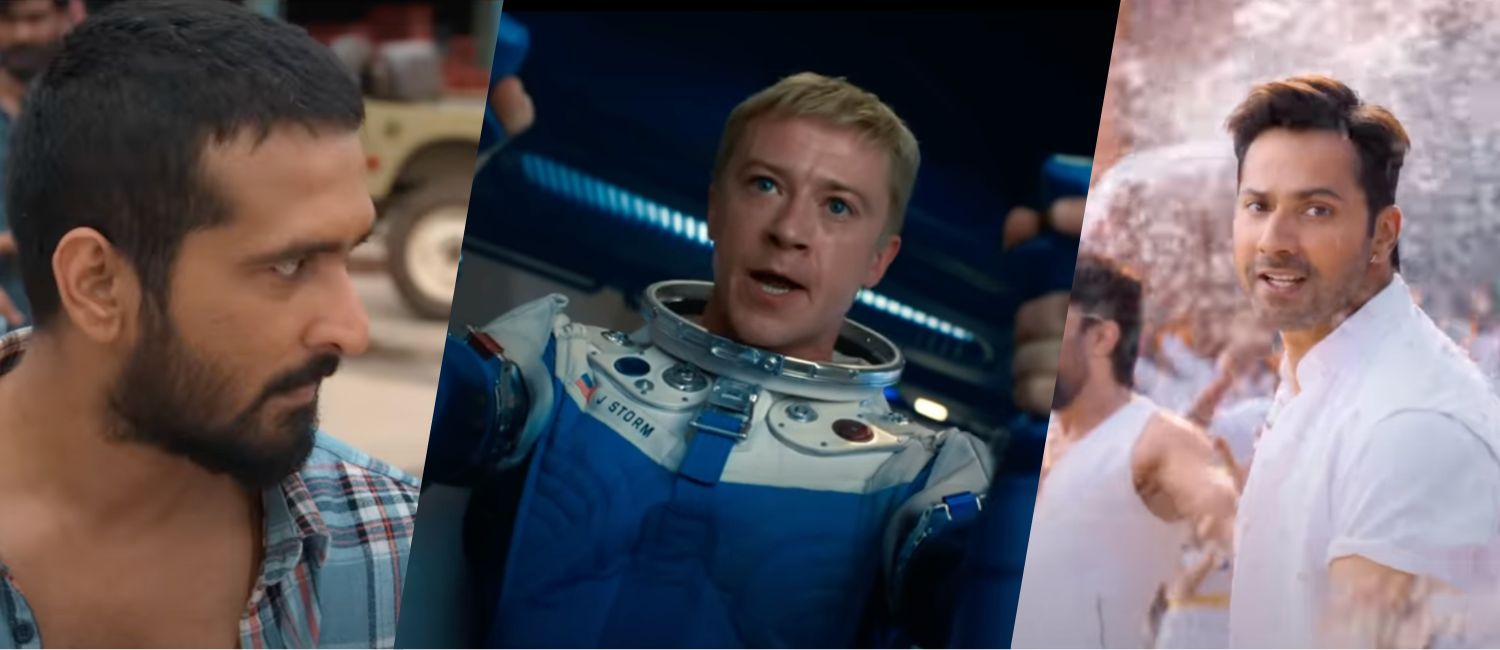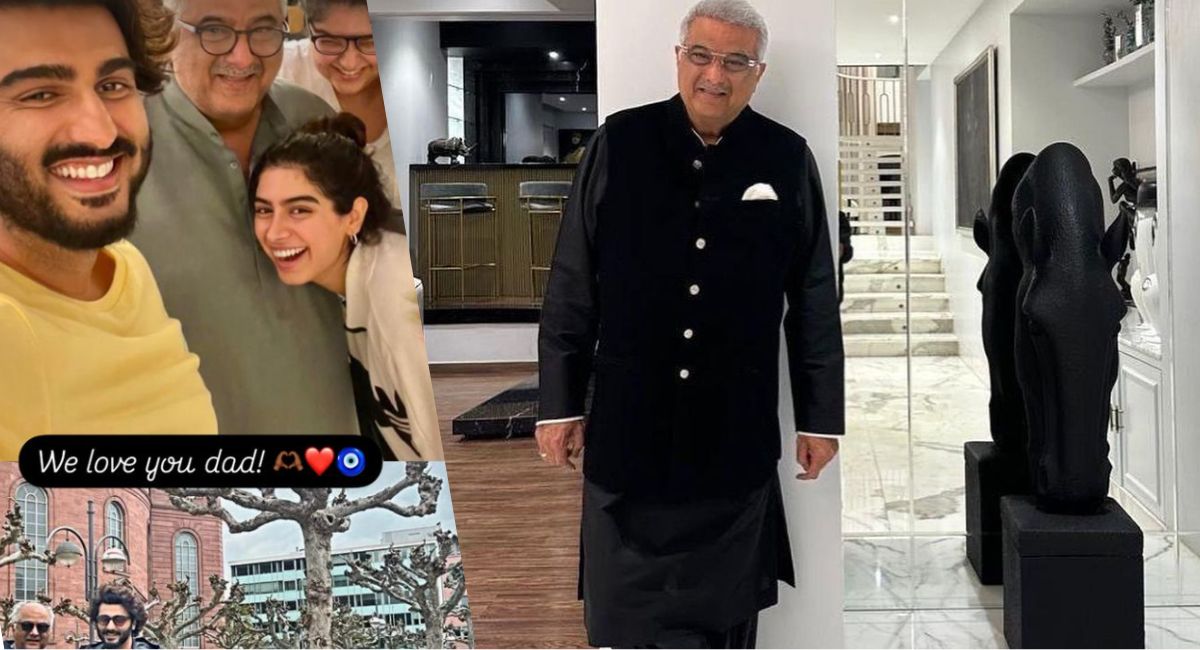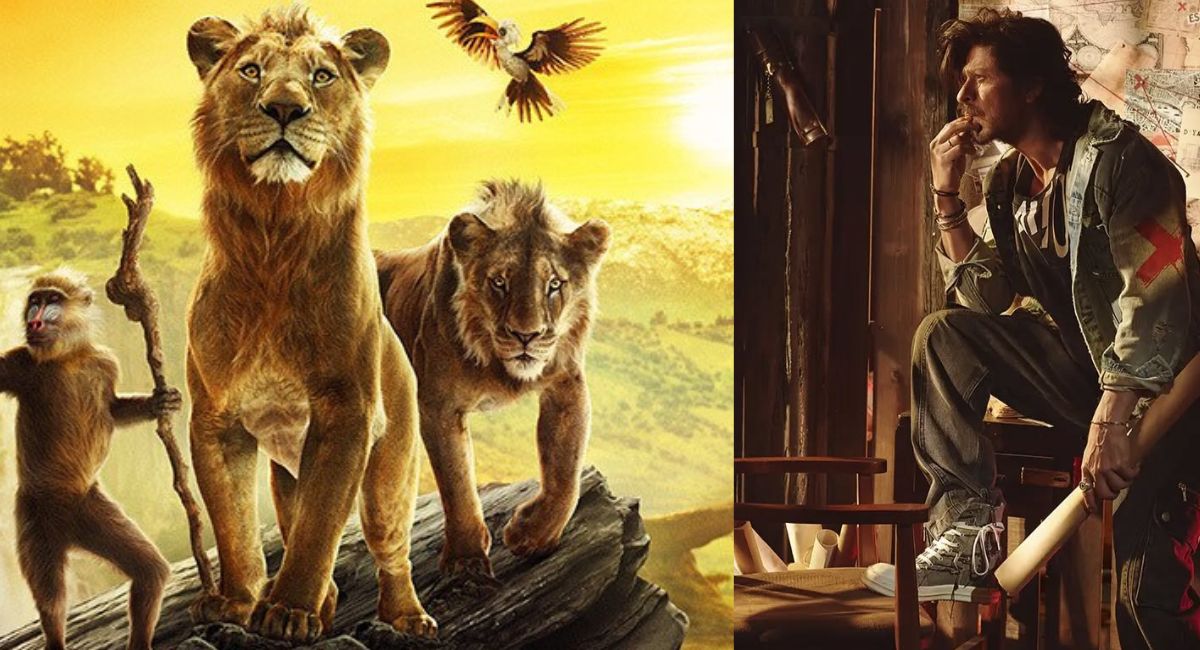Recently, while scrolling X (formerly Twitter), I came across an official statement from Dhanush, as he expressed his stance on the ongoing debate about Raanjhanaa’s re-release with an AI-altered ending.
His X post caption read, “For the love of cinema,” a very short yet precise response to those in favour of the AI version.
His official statement says, “The re-release of Raanjhanaa with an Al-altered climax has completely disturbed me. This alternate ending has stripped the film of its very soul, and the concerned parties went ahead with it despite my clear objection. This is not the film I committed to 12 years ago. The use of Al to alter films or content is a deeply concerning precedent for both art and artists. It threatens the integrity of storytelling and the legacy of cinema. I sincerely hope that stricter regulations are put in place to prevent such practices in the future.”
When Raanjhanaa was first released in 2013, it was received as one of those rare films that carved itself into the cultural memory of Indian audiences. Set against the timeless lanes of Varanasi, with A.R. Rahman’s stirring score, it told the story of Kundan (played by Dhanush), a young man whose unrelenting love ultimately consumes him. Its ending, tragic yet poetic, lingered with audiences for years.
Recently, in 2025, however, the film was pulled back into conversation in an unexpected way. Eros, the production house that owns the rights, used artificial intelligence to alter its tragic climax into a “happy ending” for re-releasing the Tamil-dubbed version of the movie titled Ambikapathy. Kundan does not die of his wounds but instead survives, holding the hand of his beloved. What has followed was not just a re-release of a film but a cultural storm that raised questions about authorship, ethics, technology, and the ownership of memory.
What Eros Claimed
The decision by Eros was publicly defended by its executives as a bold, creative reinterpretation. Pradeep Dwivedi, the company’s CEO, described the project as an “AI-powered reimagination” of a classic, meant to offer audiences a new lens. In their framing, the alteration was not a distortion but an act of innovation, a way of using new technology to refresh cinema for new generations.
As far as I know, from a business perspective, Eros positioned this as an “experiment.” The company explained that audiences today, particularly younger ones, are less comfortable with endings that leave them devastated. In their view, there is a merit in asking whether beloved stories could be reshaped to comfort rather than unsettle. The re-release was also labelled clearly as an “AI Edition” as if to absolve itself of misleading viewers.
However, Eros did not fully acknowledge how this move shifted the very soul of the story. In the original, Kundan’s death in the streets of Varanasi is not gratuitous. It is the culmination of his flawed but passionate life, his inability to escape love even at the cost of destruction. By altering that, the company was not merely “adding an alternate ending”; it was rewriting what Raanjhanaa had stood for over a decade.
In the ongoing debate, the time and place here matter deeply. Varanasi is not just a backdrop in the film, it is a character. Its alleys, its ghats, its sense of the eternal all reinforce the inevitability of Kundan’s fate. To change that ending is to disrupt the delicate interplay between character and city. The AI-edited version, by showing him alive and reconciled, removed the falling action of tragedy and replaced it with a resolution of wish fulfilment.
What the Creators and Actors Said
The backlash from those closest to the film was immediate and personal. Also, Director Aanand L. Rai condemned the edit as “a dangerous precedent.” For him, the tragedy of Kundan was non-negotiable because it reflected the larger philosophy of the film, that love is not always rewarded, that devotion can be both noble and destructive.
The lead actor Dhanush, whose performance had been central to the film’s success, went further and described the AI edit as “completely disturbing” and said it stripped the film of its soul. He pointed out that he had raised objections to the project, but the concerned parties “went ahead despite my clear objection”. His statement made the row no longer an abstract debate about technology but a matter of artistic violation.
Furthermore, supporting actor Mohammed Zeeshan Ayyub, too, was vocal, especially since one of his scenes had been altered digitally. He called the experience “deeply embarrassing” and a “zaleela” (humiliating) representation. Therefore, writers and collaborators, particularly Himanshu Sharma, were highlighted in media coverage as having been unfairly sidelined. Sharma, whose script had originally balanced humour, pain, and inevitability, was essentially erased from the public conversation about the re-release.
The falling action of this row lies in the filmmakers’ legal manoeuvres. Rai has filed complaints with the Directors’ Guild and has sought judicial remedies. Yet the resolution is murky: under Indian copyright law, the producer, in this case Eros, is legally the “author” of the film. Rai, Sharma, and even Dhanush may hold moral rights but they lack the direct legal control to stop such re-edits. This tension between moral authority and legal ownership has become the heart of the controversy.
Audience Reactions
Perhaps the most fascinating dimension of this episode was the audience response. On Instagram, reels circulated showing Tamil audiences rejoicing. For them, seeing Dhanush’s Kundan survive was a matter of cultural pride. Their superstar was alive, his love story salvaged, his tragedy undone. In fan spaces, this was greeted with celebration, cheering, clapping, and genuine joy.
Yet this was not universal. Across Twitter, YouTube, and Hindi-speaking platforms, many viewers expressed disappointment, even anger. For them, Raanjhanaa was a film that had taught hard truths about obsession, love, and loss. To change its ending was to infantilise the audience, to suggest they could not handle emotional weight. Some described it as “tampering with memory”. Others worried it would set a precedent where classics are never safe from being altered to suit trends or marketing strategies.
The divergence in sentiment reveals something about how different audiences experience cinema. For some, films are flexible texts that can be reworked to please. For others, they are sacred, almost inviolable. Raanjhanaa’s AI edit exposed this cultural fault line sharply.
My Opinion
For me, ever since Raanjhanaa came out, it lingered on my mind not only because of its tragic love story but because of its soulful music by India’s great A.R. Rahman. More than the plot, the song Banarasiya, sung by Meenal Jain, Anweshaa, Shreya Ghoshal, and Rahman himself, immortalised the beautiful city of Varanasi. It vibed, as people say now, with the city’s spiritual, timeless, ancient life and the rhythm of existence by the ghats of the Ganga.
However, the original ending was perfect. It tied together Kundan’s journey with the iconic dialogue where his adult self is shown parallel to his younger version in the galiyan of Varanasi. It was devastating, but it was real, and it was art. By contrast, the AI-edited version flattens the complexity into comfort. It turns a haunting tale of love and loss into a predictable romance. That may be what some audiences want, but it is not what the film was. For me, the soul of Raanjhanaa lies in its acceptance of tragedy, and no algorithm can rewrite that truth.






